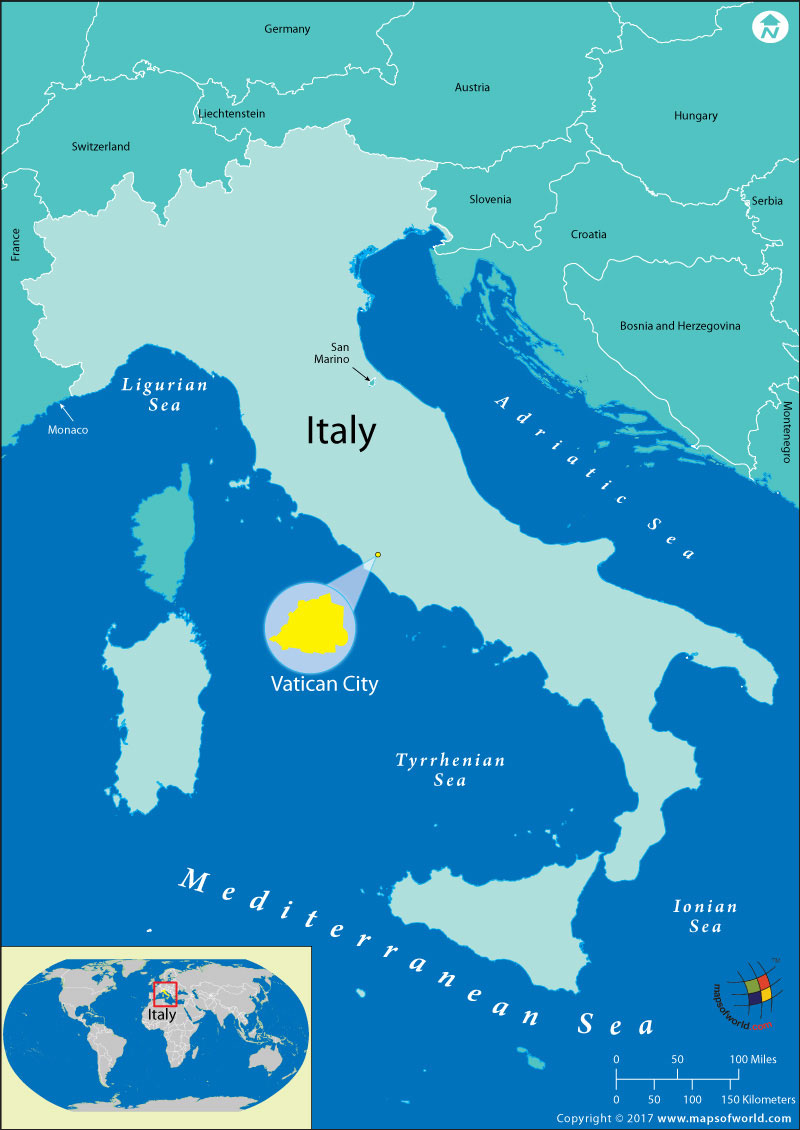Which is the Smallest Country in the World?

The State of the Vatican City, also known as the Holy See, is the smallest fully independent country in the world. Spread over an area of just about 0.2 square miles, Vatican is the official seat of the Catholic Church. The entire Vatican City is smaller than New York’s Central Park and is a walled enclave within the capital of Italy, Rome. The Holy See is not a member state of the United Nations but is a designated non-member observer of the UN.
Despite the fact that the United Nations considers the Holy See to be a permanent observer, many political analysts made a distinction between Vatican City and the Holy See. The origins of the Holy See date back to the age of nascent Catholicism and are as old as Christianity itself. Centuries of power struggle between the papacy and the state as represented by monarchs and political leaders culminated in the Lateran Treaty of 1929 which carved out Vatican as a separate country and gave the Holy See “full ownership, exclusive dominion, and sovereign authority and jurisdiction” over it. In modern parlance, however, the two are used interchangeably.
Right at the heart of Vatican City is St. Peter’s Basilica – the second largest church in the world and one of the best known works of Renaissance architecture. The church holds a central position in Christendom and is regarded as one of the most important pilgrimage centers in the world. The Vatican museums display some of the most renowned Renaissance art works and sculptures.
The Vatican City is home to a population of about 770 people, most of who belong to the clergy. The economy of this city-state is funded largely by voluntary donations made by the 1.2 billion strong Catholic community across the globe. Other sources of income include sale of books, journals, and other publication, sale of stamps and tourist artifacts, and admission fees to the museums.
The Vatican City is the only country with diplomatic relations with every other country of the world.
Related Maps and Info:



